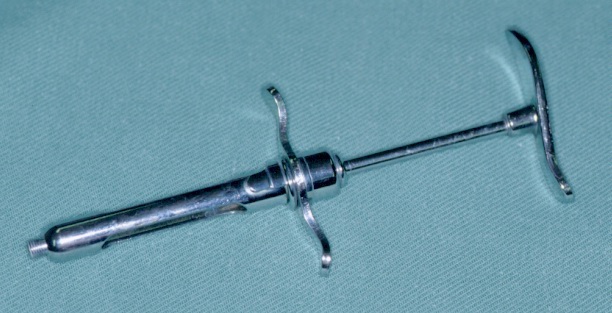Local anesthesia


Local anesthesia is an important part of endodontic treatment of vital teeth. Endodontic procedures in such teeth require deep anesthesia, which sets demands both for the anaesthetics used and the techniques employed. Lidocain and adrenaline containing anaesthetics are the first choice unless there are contraindications for their use.
Different techniques are used in different areas and in different problems/complications:
1) Infiltration anaesthesia. This method is the first choice for all teeth in the upper jaw. In molars, a palatal injection may sometimes be needed in addition to buccal injection. In the lower jaw, incisors, canines and premolars usually can be handled buccal infiltration anesthesia, sometimes block anesthesia is used as support.
2) Block anesthesia. Mandibular molars, and sometimes other mandibular teeth (some cases of acute pulpitis, e.g.)
3) Ligament anesthesia. Ligament anesthesia may be used to help the first two methods in difficult situations. However, there may be some concerns about possible damage to the root surface.
4) Intrapulpal anesthesia. Intrapulpal anesthesia is done directly into the exposed pulp if other forms of anesthesia have not been effective. The equipment used for ligament anesthesia is usually employed. For successful anesthesia, good back pressure and adrenaline in the anesthetic are required. The patient must also be informed about the potentially strong, although short lasting pain during the procedure.
5) Intraosseal anesthesia. In intraosseal anesthesia the anesthetic is applied directly into the cancellous bone. First, a narrow hole is drilled with a special instrument through the cortical bone and the anesthetic is applied using a special needle that fits tightly to the hole.